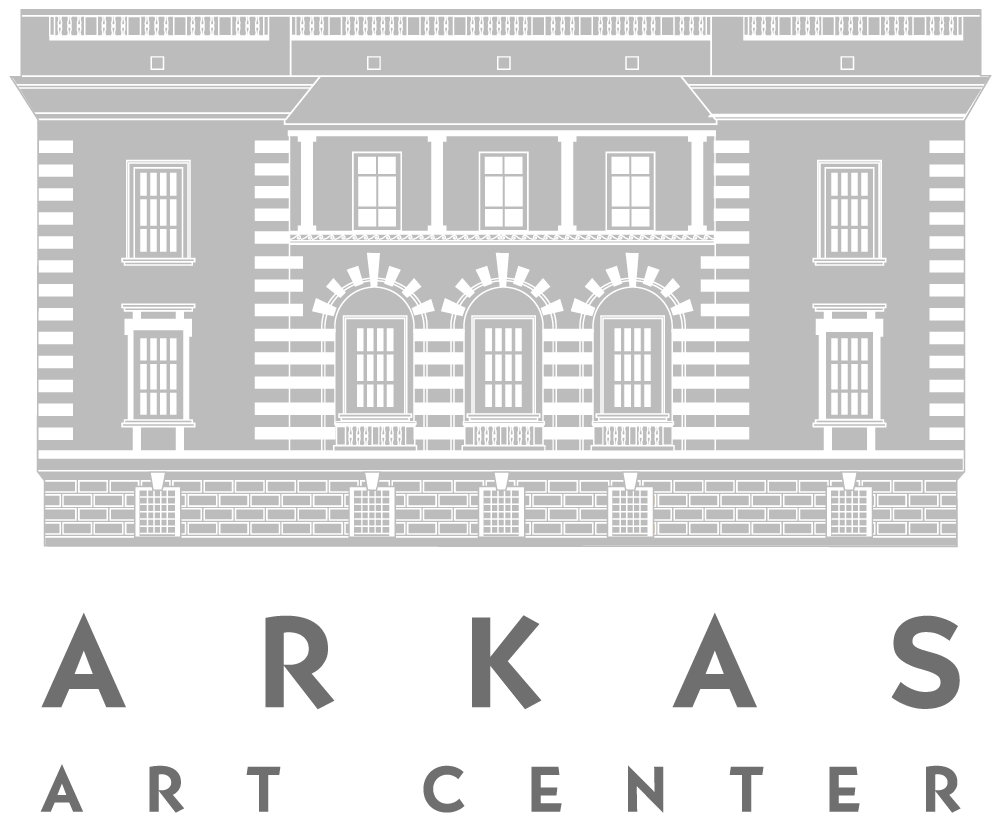LES LUMINISTES DE LA COLLECTION ARKAS
18 Janvier 2017 – 31 Mars 2017
Paris had been the center of the art of painting in the 19th century. Artists from various European towns, who wished to work with the grandmasters of art and had an interest in the new developments all headed to Paris. There happened to be a distinction between artists having contributed in academism and the ones who rejected the traditions while seeking artistic freedom. All the while, efforts of innovative artists paved way to stylistic developments.
Paris art circles had also been centers of attraction for Belgian artists throughout the 19th century. However Brussels, as an enthusiastic and energetic city of arts, was indeed appealing to artists. Events were being organized as alternatives to the official Paris Salon, and artists, writers, poets, illustrators and composers carried on with their intense artistic activities. Belgian artist Henry Van de Velde is one of the pioneers of art and design movement, namely Art Nouveau, which has had much influence both in Europe and North America during 1890-1914. In Belgium, it was represented by a group of artists who kept holding events one after the other. The Group of Twenty (Groupe des Vingt), formed by Octave Maus in 1883, is best known among them. Prominent members of the group, active until 1893, included James Ensor, Jan Toorop, Théo Van Rysselberghe and Henry Van de Velde. At the same time, they invited not only not-yet-famed French artists such as Seurat, Gauguin, Van Gogh and Cézanne to participate their exhibitions, but also Symbolist poets like Mallarmé and Verlaine for poem recitals. Furthermore, they organized concerts for which they appealed to some newly renowned composers like Debussy and Richard Strauss. When the Group dissolved, it was replaced by La Libre Esthétique with more emphasis on decorative features, and was active until 1914. In the meantime, a group of artists led by George Morren and Emile Claus had started the group of Life and Light (Vie et Lumiére) in 1904. They devoted their attention on reflection of light effects. Here, we see that having a significant place in the Northern Art, the light was the focus of painting for Dutch artists. Aforementioned successive groups of art indicate how Belgian artists were engaged in quests for innovation.
One other evidence pointing at how contemporary art in Paris was closely followed by artists in Brussels is the exhibition, opened by the Galerie Durand-Ruel at the Hotel Grand Minoir in Brussels in June 1885, which hosted paintings by Monet, Renoir and Degas. At the last Impressionist exhibition held in Paris in 1886, when Rysselberghe saw and appreciated “A Sunday Afternoon on the Island of La Grande Jatte” by George Seurat, he developed an interest in Pointillism and began experimenting with this technique – albeit with a touch of his own style. Being also an influenced portrait painter, later in the 1900s, he turned to applying broad strokes. Among the works we are proud to host here, we see similar effects of pointillist style in Léon de Smet, Emile Clause, Anna Boch, Modest Huys, Anna de Weert, Juliette Wytsman and notably Théo Van Rysselberghe. While nocturne paintings of Petrus Van Schendel may be seen as examples of Romantic style, Karel Ooms’ orientalist composition should be deemed a masterpiece.
“The Luminists” exhibition is happy to present a rich selection of Belgian art of painting to all art enthusiasts with seventy five selected artworks from the Arkas Collection.

